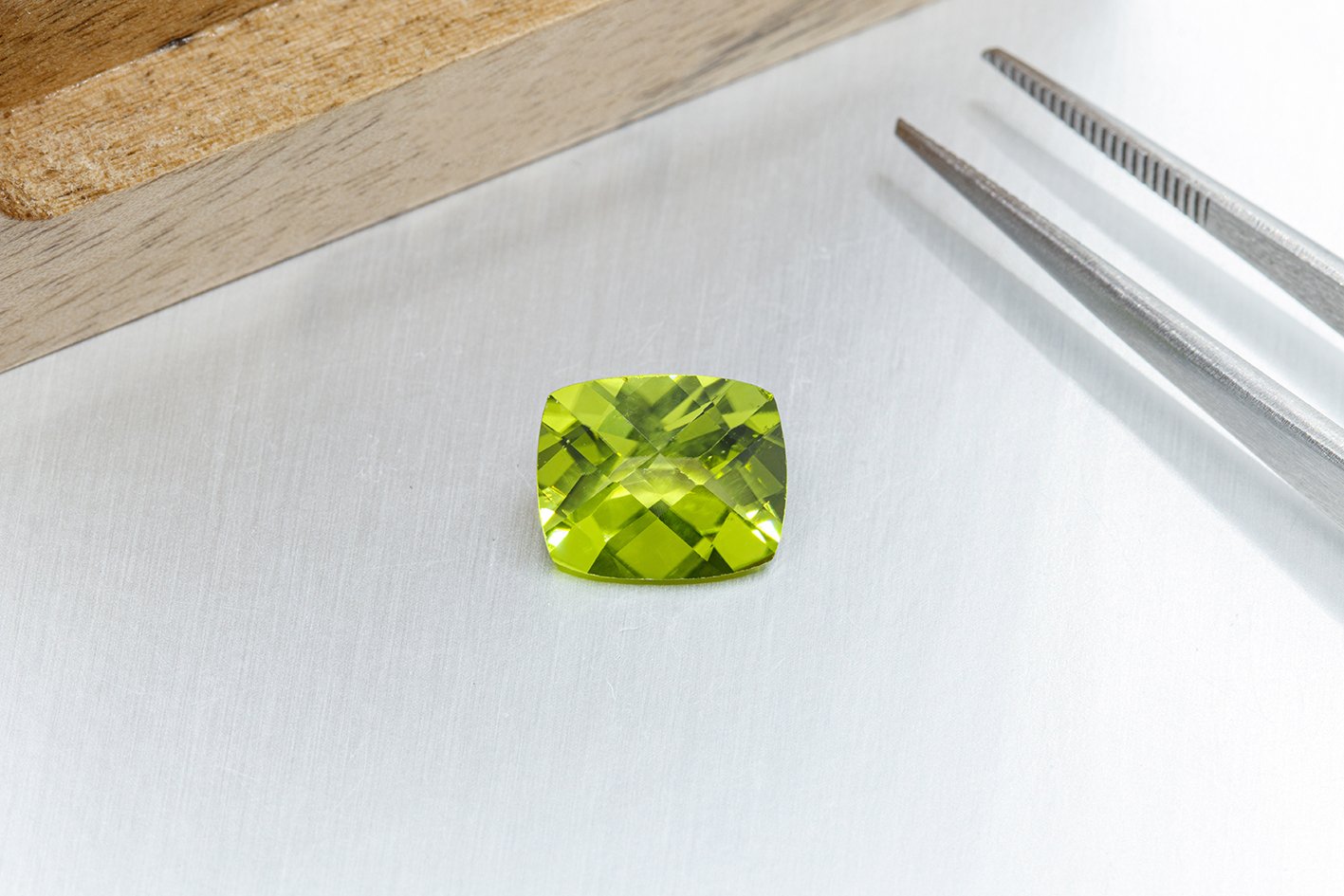The History and Mystery of Peridot - August Birthstone
If you are looking for the perfect birthstone gift for August, peridot is a beautiful and vibrant choice although there are now a few birthstone calendar options -
Modern - Peridot or Spinel
Traditional - Sardonyx
Ayurvedic - Sapphire
Mystical - Diamond
I’m just going to be taking a little look at the gorgeous peridot and I even made you a free little gemstone guide - just click the image at the bottom to download.
However you choose to pronounce it - peri-dot or peri-doh - this zingy, zesty and vibrant gem is one of my absolute favourites, and has endured over time.
History
Considered one of the oldest gems, peridot was discovered as early as 1500 BC. There is a large gap in its history, perhaps due to it being mistaken for emerald before scientific testing. In fact it is now thought that Cleopatra's huge emerald collection was in fact peridots. Ancient Egyptians called peridot the gem of the sun, as it gleams beautifully in sunlight and looks wonderful paired with yellow gold. It was previously called crysolite, from the Ancient Greek meaning 'golden stone', and peridot is mentioned in the bible many times.
How are peridots formed?
Along with diamonds, peridot are the only gemstones to be formed in magma in the earth's mantle, around 20 -25 miles below the surface before being pushed up by volcanic activity. It's an idiochromatic gem, which means the colour comes from the chemical composition. In this case iron is where its distinctive yellow green hue comes from and depending on the concentration of iron, an individual stone can very from yellowish green, to greenish yellow even to brownish green.
My favourite peridot fact is that peridot crystals have been found in meteorites, quite spectacularly in the Imilac meteorite, which was found in the Atacama desert in Chile and is now in the Natural History Museum, London. You can read more about this here
What kind of jewellery can be made from peridot?
Peridot measures 6.5 - 7 on the Mohs hardness scale (For reference the scale goes from 1 -10, with diamond being the hardest stone and talc being the softest) which means that it is tough enough but can be prone to scratches and knocks so does need some care and attention. It’s probably not suitable for a ring that will be worn every day, but certainly suitable for one that is to be worn on special occasions. Gems with a similar hardness are tanzanite, chrysoprase and zircon. Peridot is perfect for earrings, pendants and brooches.
Although the stone is formed in great heat and pressure, it is very sensitive to rapid temperature change, so never have your peridot jewellery steam cleaned. It is best just to wash with a soft toothbrush and mild dish soap and it can be sensitive to the acid in some people’s perspiration. It’s wise to store peridot jewellery in their own pouch or box to prevent scratches and knocks from other items.
Other peridot facts
Peridot is known as zodiac stone for Libra, some people believe that peridot is a cleansing stone, ridding the wearer of resentment, stress, anger and greed and enabling an open heart for new relationships.
Peridot is the gem variety of the stone olivine and there are 4 green olivine beaches around the world which I’m sure are a great spectacle gleaming in the sunshine! Papakolea Beach, Hawaii and Hornindalsvatnet beach, Norway are on my wishlist!
Whether you are looking for beautiful everyday peridot jewellery or a stunning statement piece, there are a variety of pieces in the Lustre and Electra collections, plus it is always possible to have a piece made to order inspired my an existing design or completely designed bespoke for you.








